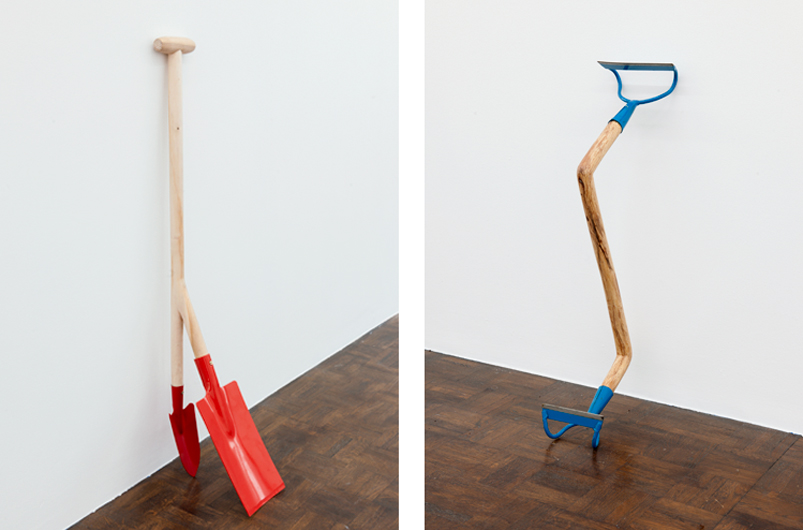Workflow can mean different things. It mostly refers to the deliberate, rational organization of work, primarily in the context of manufacturing. A workflow usually consists of an orchestrated and repeatable pattern of business activity enabled by the systematic organization of resources into processes that transform materials, provide services, or process information. Although the implementation of schematized workflow principles on the factory floor has proven to be an effective strategy to increase productivity in term of speed and thus quantity, it also implies a degradation of work for those on both sides of the divide between the work of the hand from that of the mind. This partition began over a century ago with the assembly line and is based on a misguided separation of thinking from doing.
Traditionally, the process of making was characterized by a continuity in time and space: local artisans controlled the production chain which took place in the workshop. Simultaneously the direct involvement with materials through manual labour provided practitioners with a sense of satisfaction and pleasure. Artisans relied on skills, acquired through years of practice, and developed a ‘tacit’ intuition ‘to do it right’. They were rewarded by the fruits of their labour.
In fact, the psychological term flow is highly apt to describe the working activity of artisans. A ‘flow’ refers to a mental state of operation in which a person performing an activity is fully immersed in a feeling of energized focus, full involvement, and enjoyment in the process of the activity. The operation required can be both concrete or abstract and the division of head and hand does not make any difference to be ‘in the zone’. Instead of being a highly schematized and pre-patterned activity, a work-flow in this sense denotes an intuitive stream of thoughts and actions following a path of discoveries.
The WORKFLOW project consists of a curated exhibition which questions, presents and documents (through an accompanying publication), the ambiguity and potential of the notion work-flow within contemporary art. It explores the tension between artistic expression and industrially manufactured objects, between elaborate or intuitive forms of making and rather conceptual transformations of everyday objects. The key argument is that the way we deal with objects and with others is inextricably linked to our social vision. In short, the project focusses on different forms of artistic mastery in times of mass production.
Through the creation of a puzzling narrative (derived from a literature study on craftsmanship), the WORKFLOW project plays a central role in Wim Wauman’s PhD research on the apparent opposition between making and thinking: Making Waves: A Play with Arts and Crafts.
